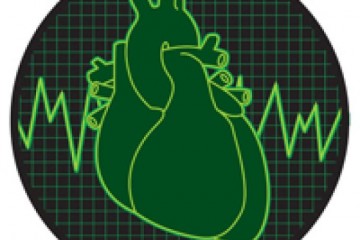CRACK IT Solution
Using human pluripotent stem cell-derived cardiomyocytes to test drug cardiac toxicity

At a glance
Completed
Award date
October 2013 - April 2015
Contract amount
£30,000
Contractor(s)
R
- Reduction
- Refinement
